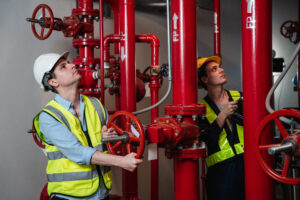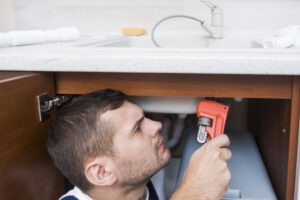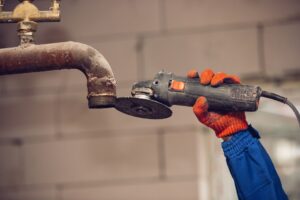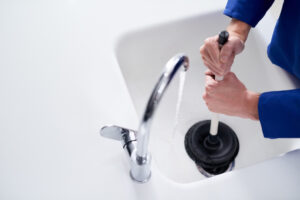Tankless Water Heater: 6 Tips For Optimal Performance
Your water heater in Broken Arrow works harder than you might think. Cooking, doing laundry, and bathing all require hot water. For this reason, hot water heaters are put through the grinder. Traditional heaters face extensive wear and tear and make up for about 12% of your utility bill. If you want to save money, you can switch to a residential tankless water heater. But this doesn’t mean you can ignore the system. You should follow a few tips to make sure your water heater works up to its full potential.





